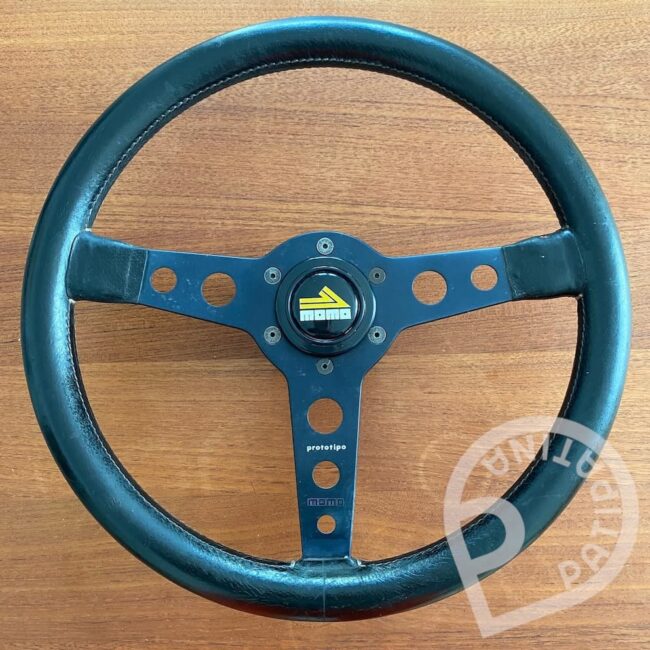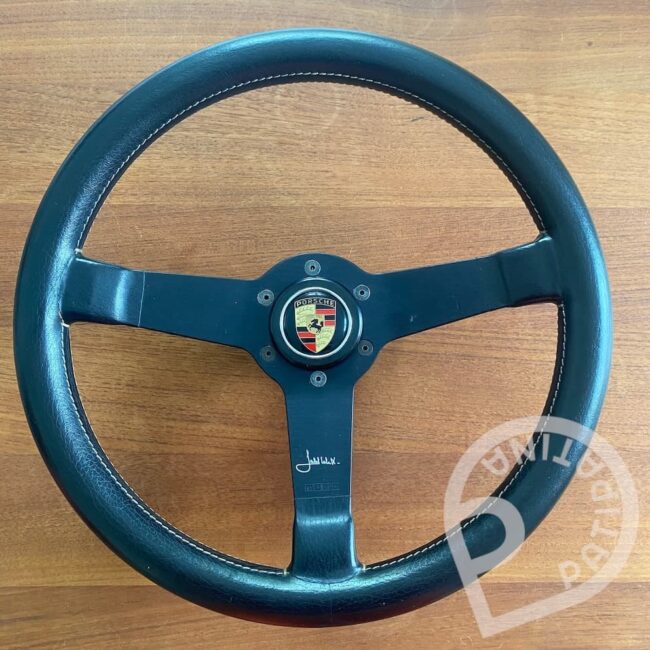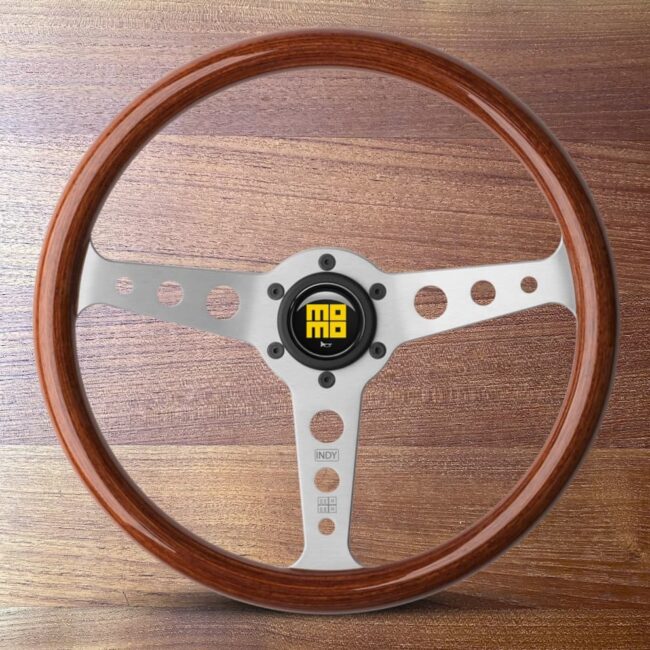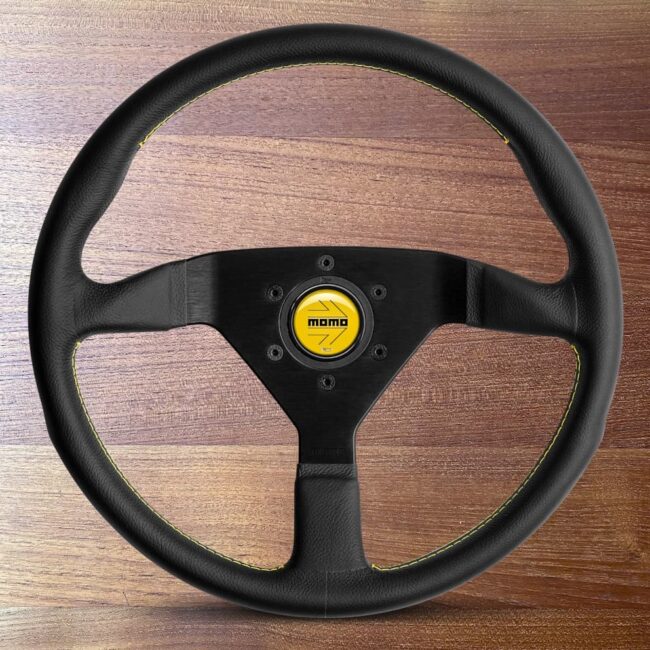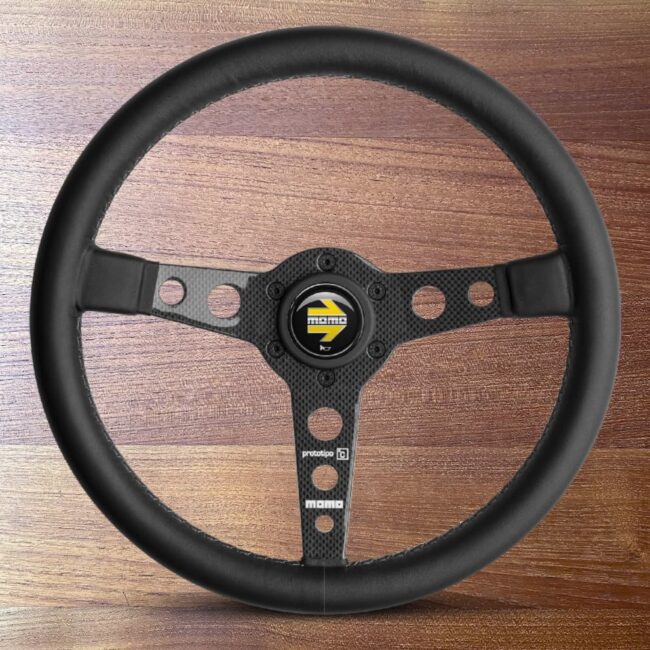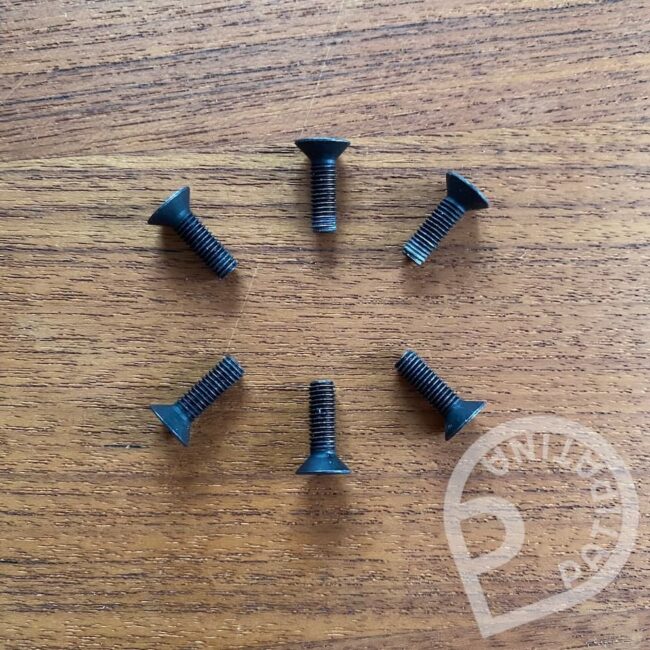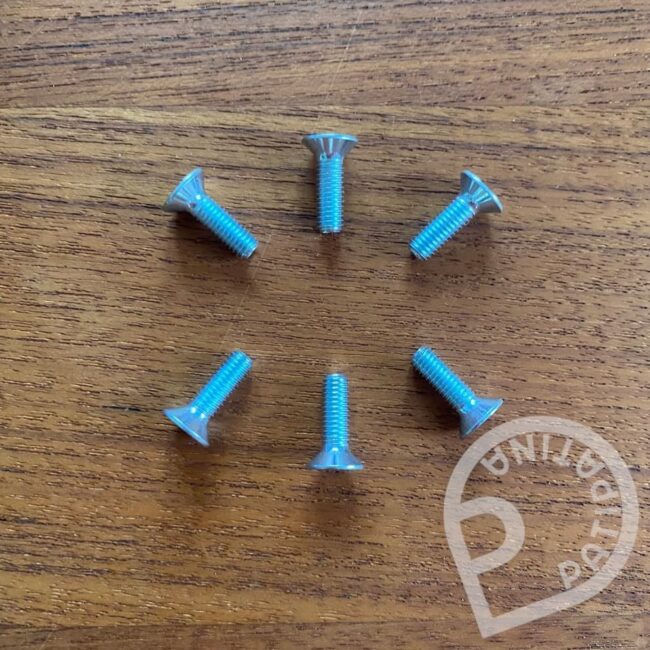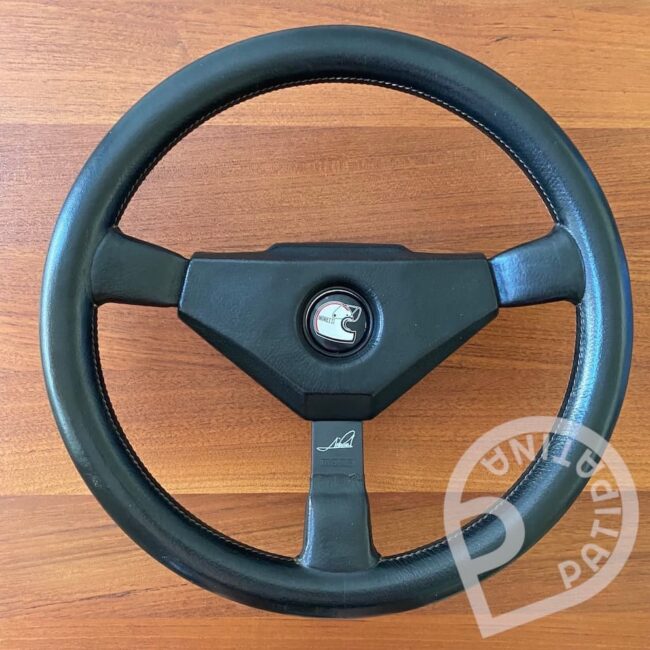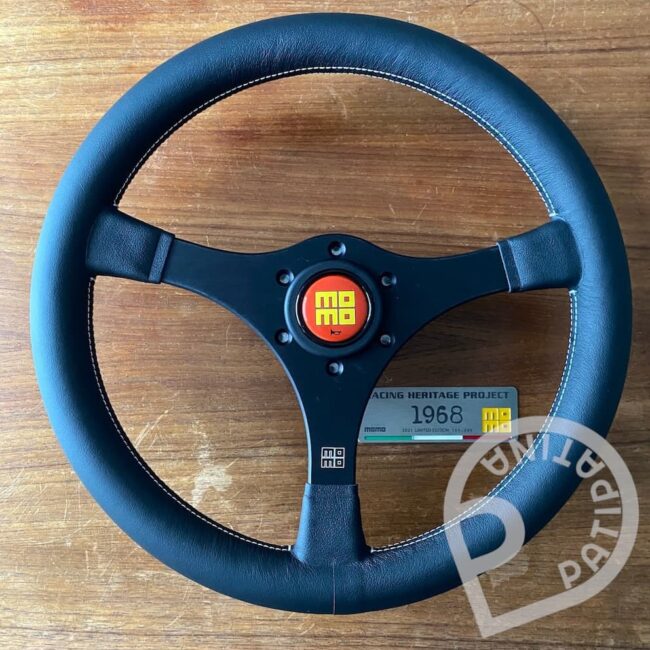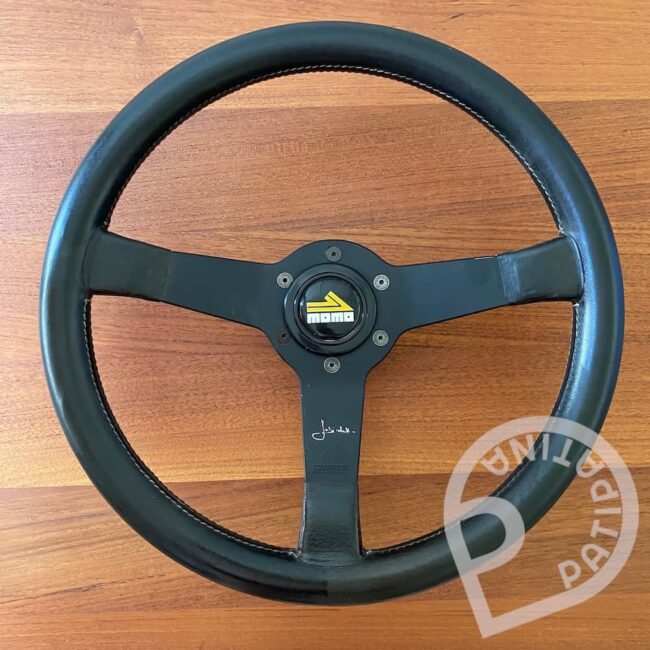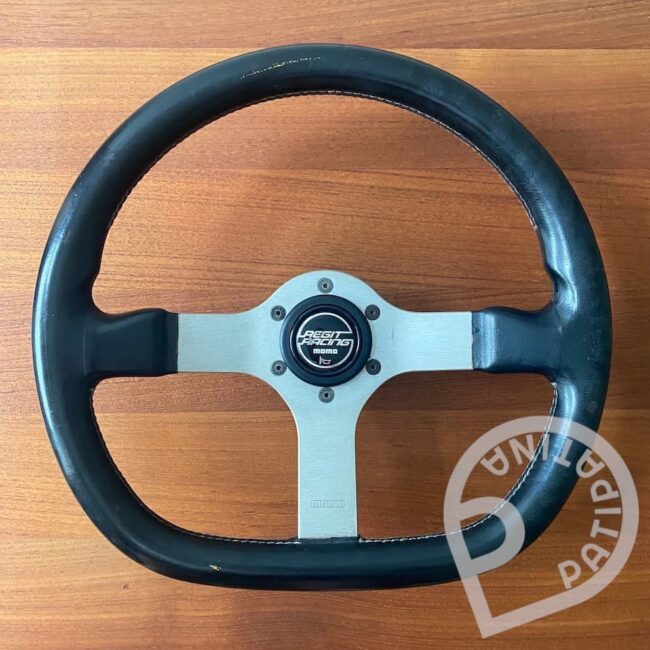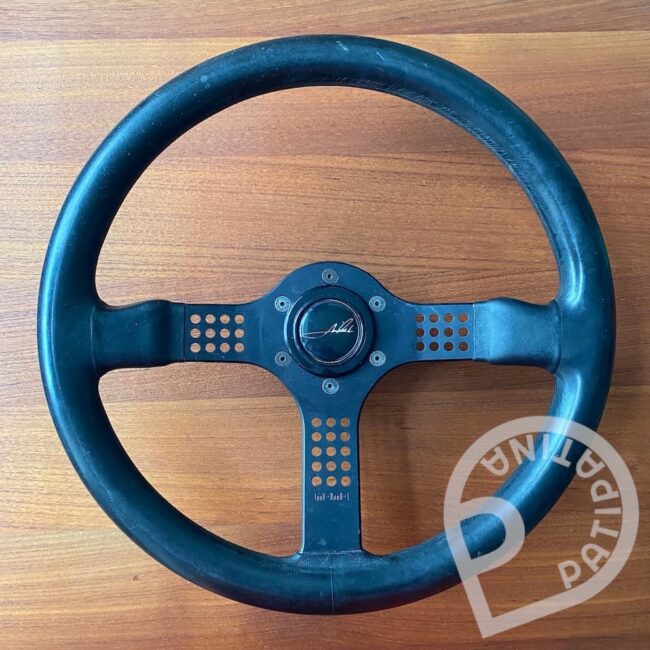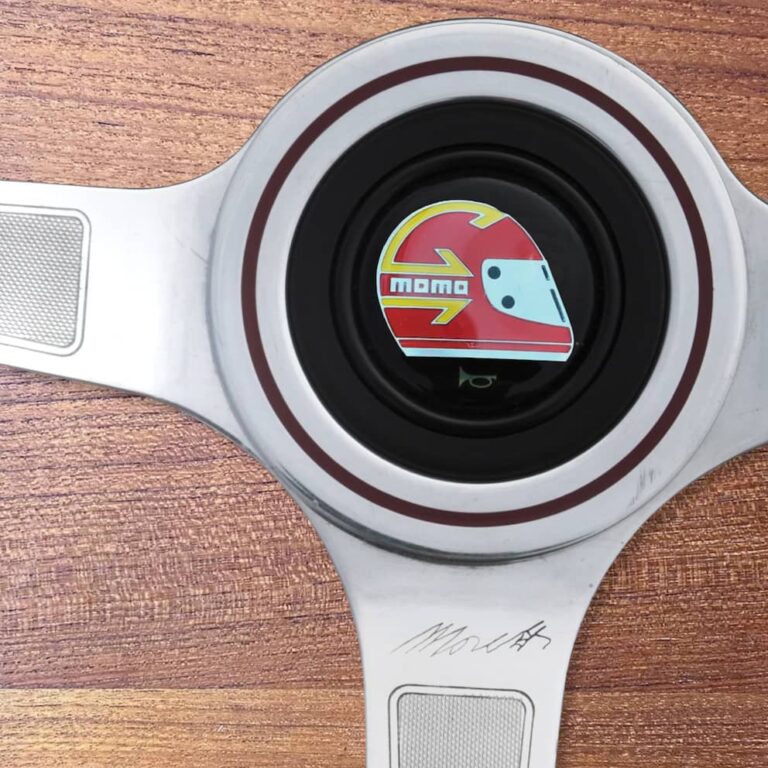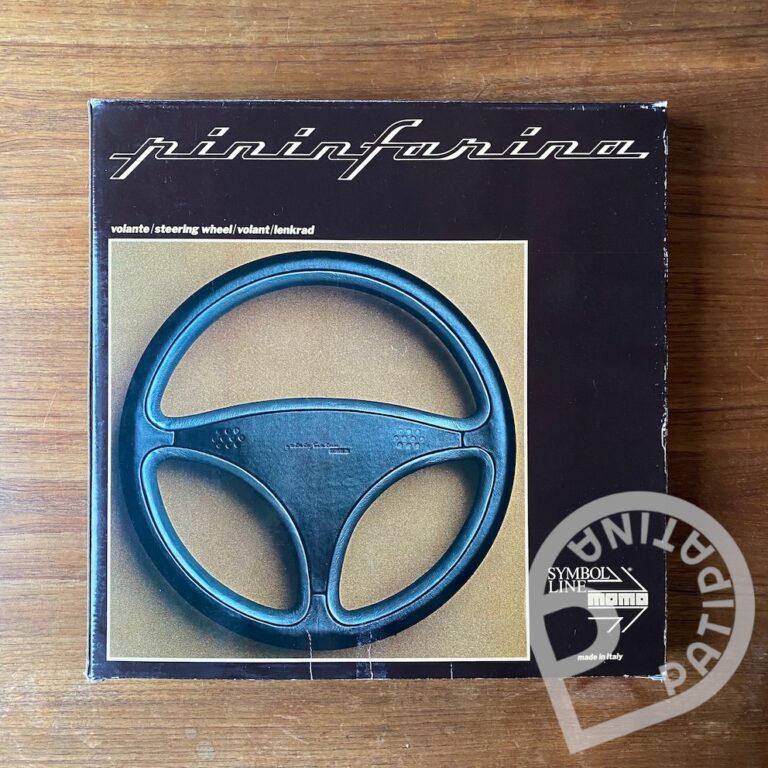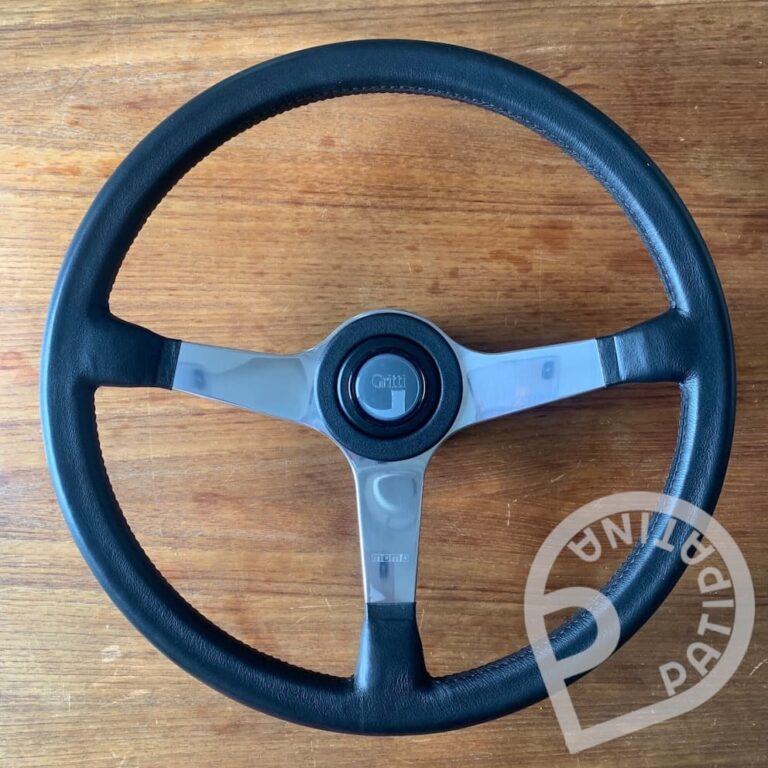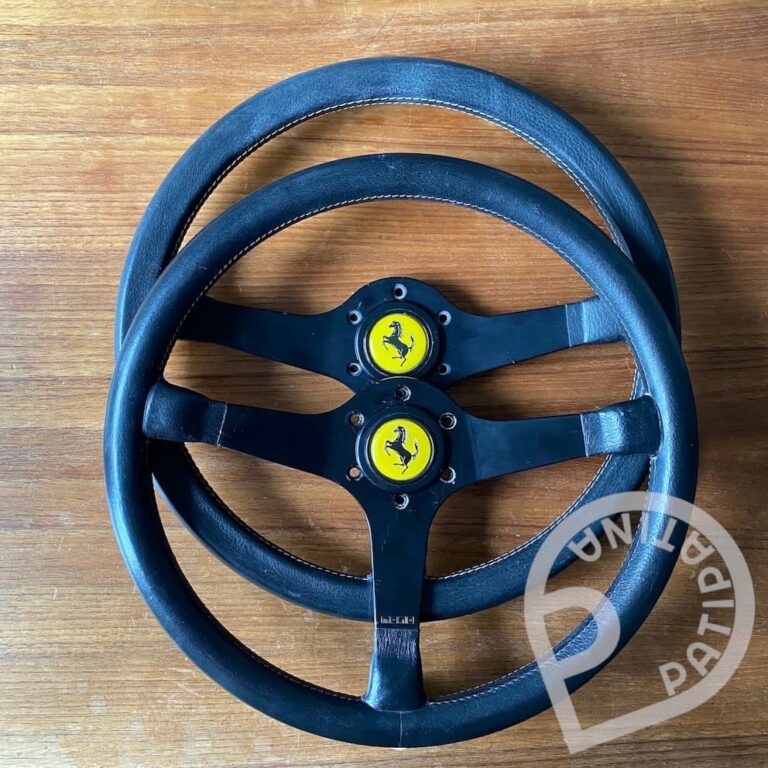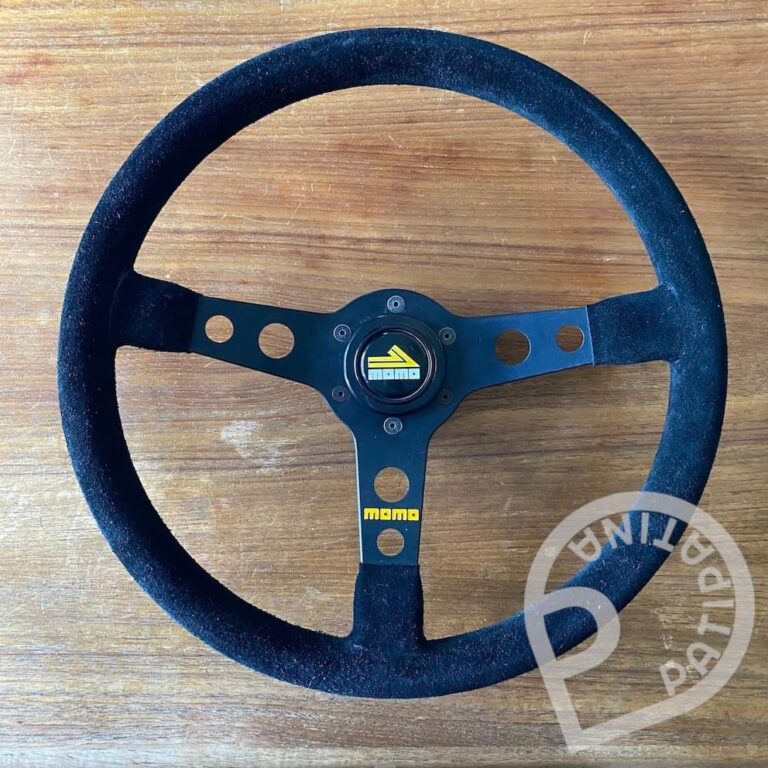The often underrated FERRERO STEERING WHEELS
Mads van Appeldoorn
October 6, 2021
As Amazon Associate I earn from qualifying purchases. I may receive a small commission at no additional cost to you for purchases made through links in this post.
Another brand of steering wheels from Italy, founded by Giulio Ferrero
Ferrero? Giulio Ferrero? Never heard of? And no, I’m not talking about the candy brand, which of course I don’t want to do any surreptitious advertising for. Giulio Ferrero, not Ferrari, from Turin, Italy, started making steering wheels like many others in the early 1960s. In a little different way, not always consistently, unlike many others. And here’s why.
The beginnings of Ferrero steering wheels with Alfa Romeo
Just like all the other manufacturers, Giulio Ferrero started making steering wheels for – mostly the cars around him. Being in Italy, what would be more obvious than italian brands. In the early 1960s, he made steering wheels for the Alfa Romeo 105’s. But like any other company, Alfa Romeo switched out suppliers every now and then. So Giulio Ferrero kept going and over the years, the company grew and they had the chance to equip some of the coolest cars – back then as well as today.
Ferrero steering wheels for other brands
Over the years, Ferrero manufactured steering wheels for a number of brands. For some, the Ferrero steering wheel even became the standard factory wheel. Among these brands were Alfa Romeo, Fiat, Abarth (branded as Abarth), Lancia and even De Tomaso. Best known is the steering wheel of the Fiat 124 Spider. Not exactly sure when they started putting these steering wheels in, but the later year Spiders all had them.
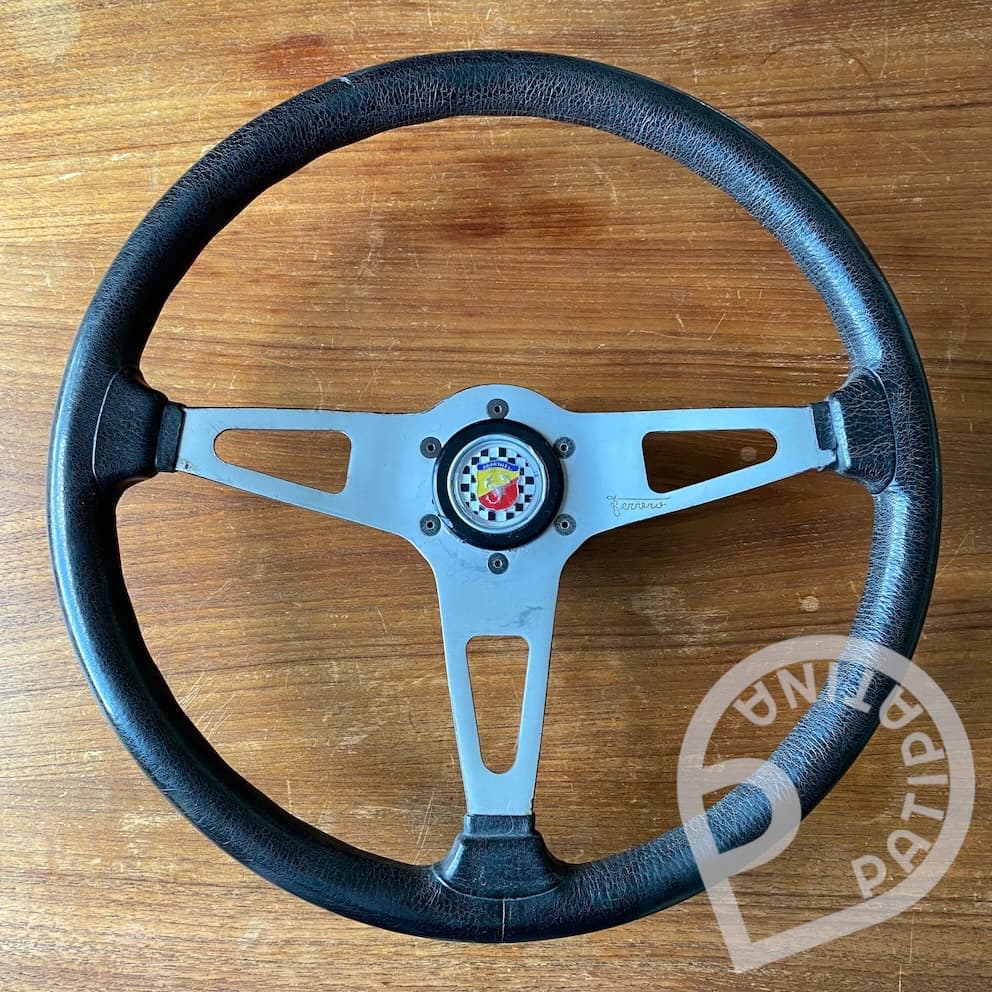
Ferrero branded steering wheel for Fiat 124 Spider
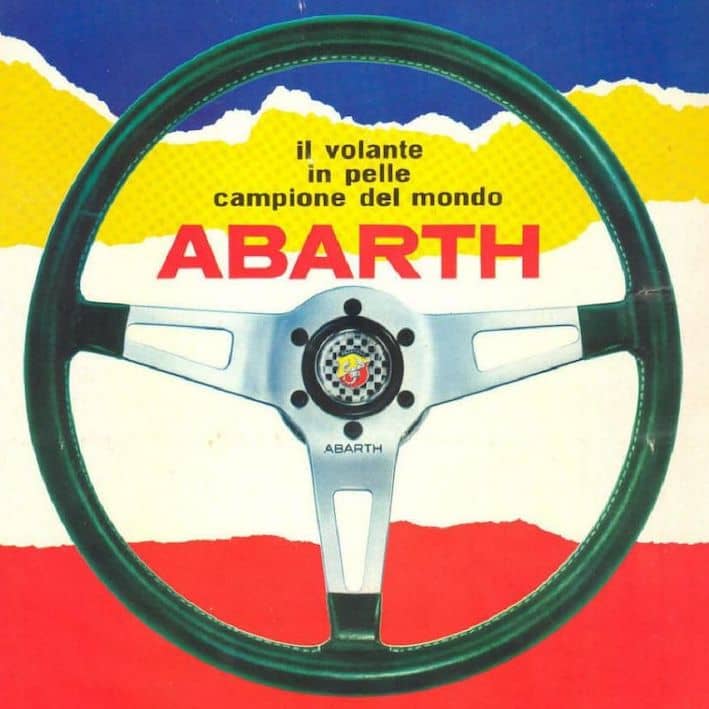
Abarth branded steering wheel. made by Ferrero
Ferrero steering wheel design
Ferrero steering wheels were available as 2-spoke, 3-spoke and 4-spoke wheels and in different sizes, just like other manufacturers. Early Fiat models had 2-spoke steering wheels, the more sporty cars had more likely 3-spoke wheels and the famous Lancia Stratos got a very interesting 4-spoke design steering wheel. Leather was available as well as wooden steering wheels.
Ferrero had no fixed size pattern of – let’s say – 3 different sizes. They produced steering wheels in a countless number of diameters. There were 320mm, 330mm, 350mm, 360mm, but also 380 and 385mm (and even more sizes I guess). These were probably the requirements of the carmakers, not so much the design ideas of Ferrero himself. Same applies to the bolt pattern of the steering wheels. While most of the Ferrero steering wheels have a 6x75mm bolt pattern, the ones made for the Fiat 124 Spider had a 6x70mm bolt pattern, same as the Abarth ones. Most likely, because Abarth was due to Momo already used to that pattern.
What is also very interesting, compared to other manufacturers, Ferrero made its steering wheels not only from aluminum. Some of them were, like the one for the De Tomaso Mangusta and the Lamborghini Miura, but others were made of steel. Quite heavy, in general, but especially for a sports car, like the steering wheel that was made for the De Tomaso Pantera. Those were high end steering wheels back then.
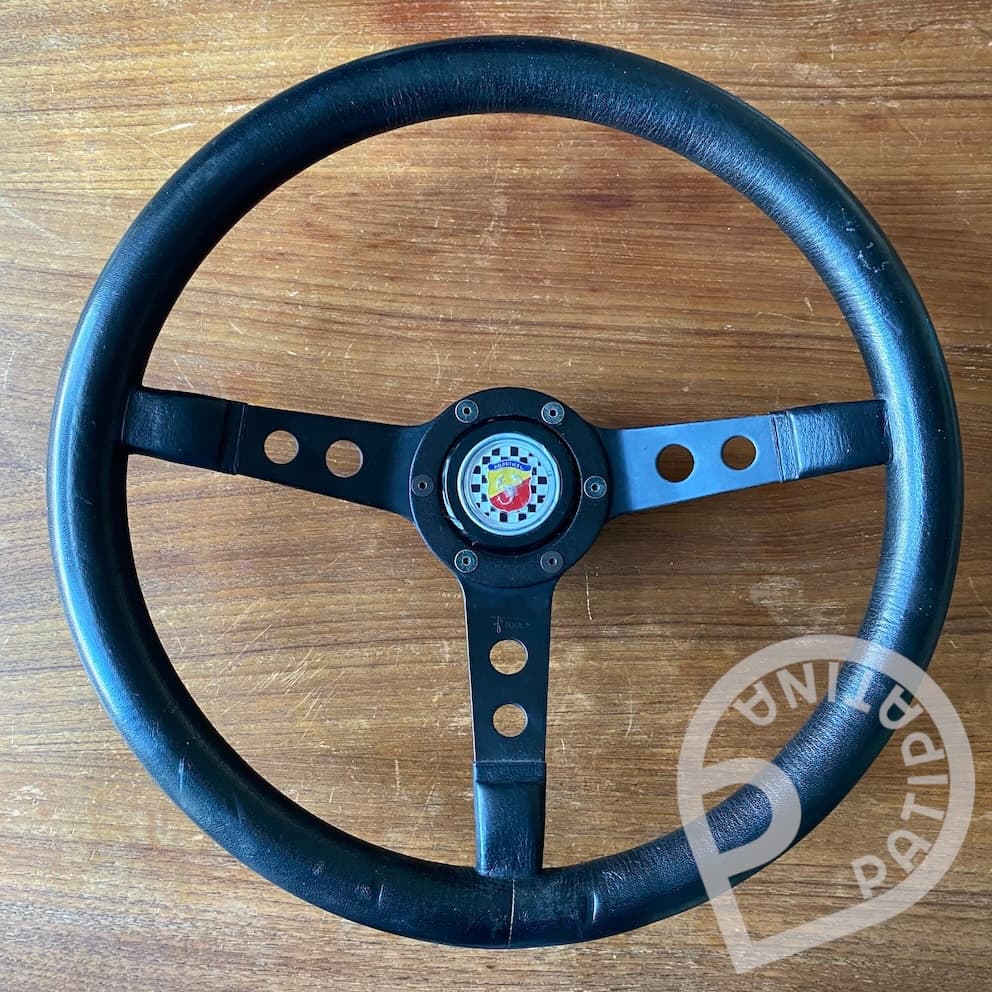
De Tomaso Pantera steering wheel by Ferrero
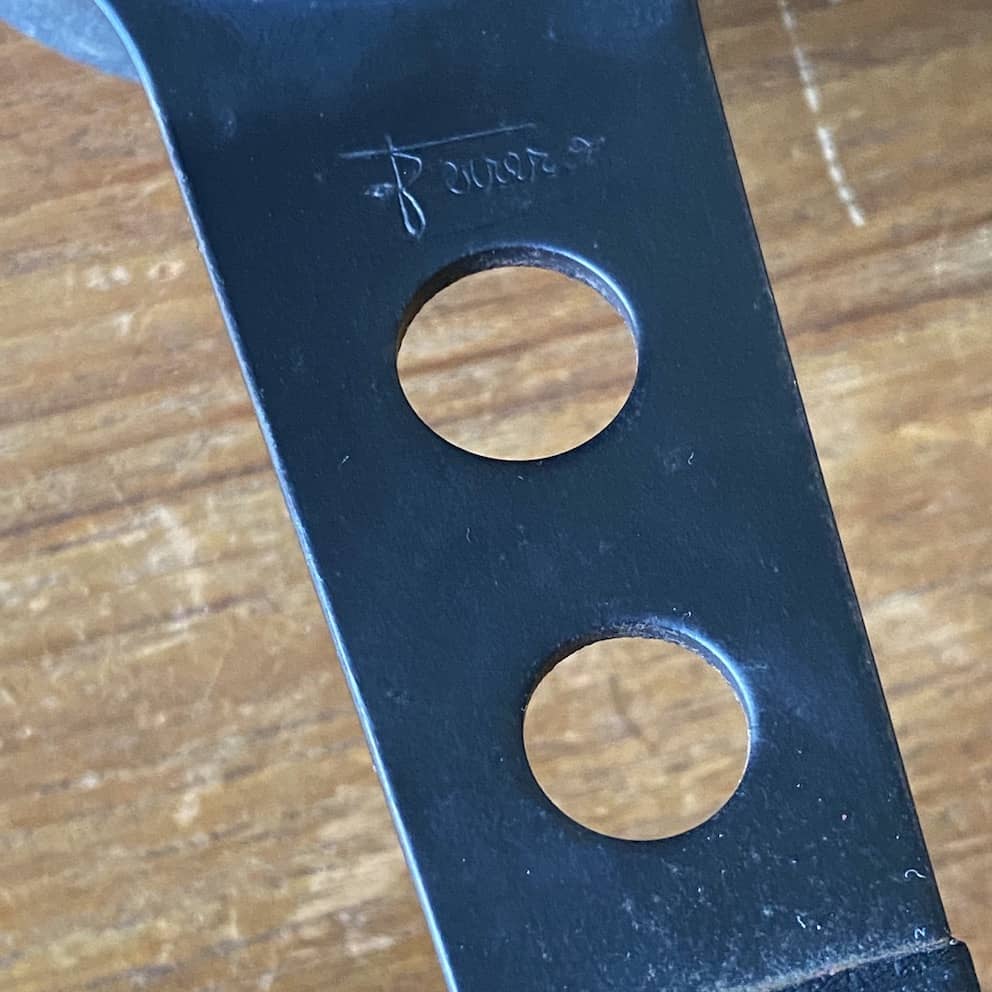
Ferrero steering wheel logo
Most desirable Ferrero steering wheel
As previously stated, the Lancia Stratos Stradale had a 4-spoke steering wheel and the Lancia Fulvia Fanalone came with a 350mm steering wheel.
But Ferrero also did some sort of signature steering wheel. Unlike the signature series from Momo, Ferrero did only one and with an engraved signature of Sandro Munari. This particular steering wheel was available for the Lancia Stratos and the Lancia Fulvia Coupé HF 1600. It’s a 330mm 2-spoke steering wheel with the signature on the right spoke. If you come across one of these, either hold it tight or sell it big!
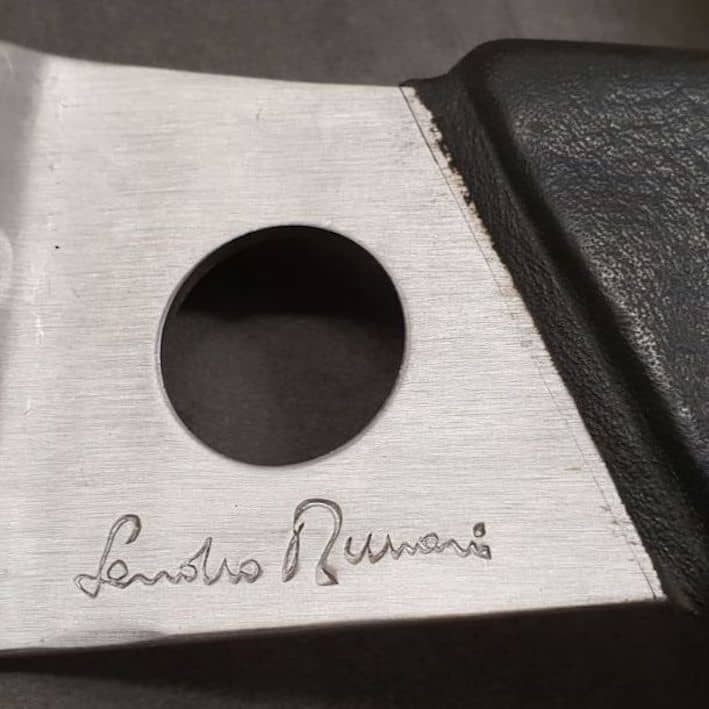
Ferrero Sandro Munari steering wheel signature
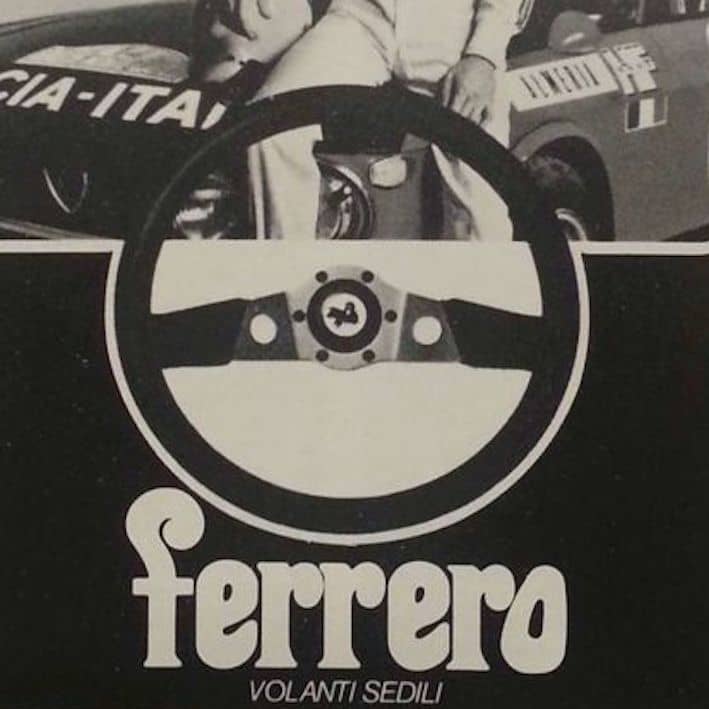
Ferrero Sandro Munari steering wheel ad
Ferrero hub adapters and horn buttons
Oh yes, Ferrero also did those, for his own brand and for other car brands, the ones they manufactured steering wheels for but also others, since steering wheels, hub adapters and horn buttons were also available in retail shops.
The hub adapters – again – had a very special design. While almost all others were made of die-cast aluminum, Ferrero hub adapters were made from steel and had quite an interesting construction. While the screws of conventional hub adapters are simply screwed into a thread, the Ferrero hub adapters have a removable cover and the entire mechanism is hidden underneath. the six screws are screwed to the hub adapter with self-locking nuts. At the end the cover is pushed over and fixed with three small screws.
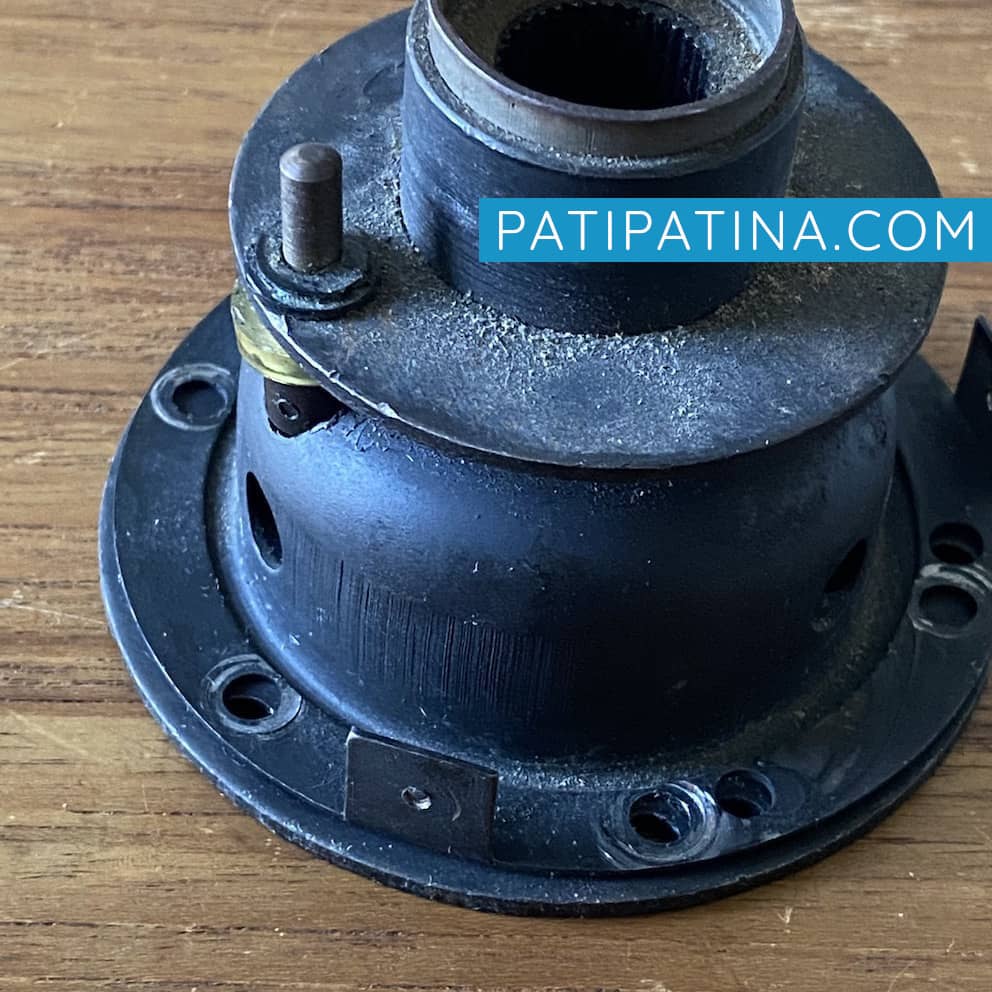
Ferrero hub adapter design
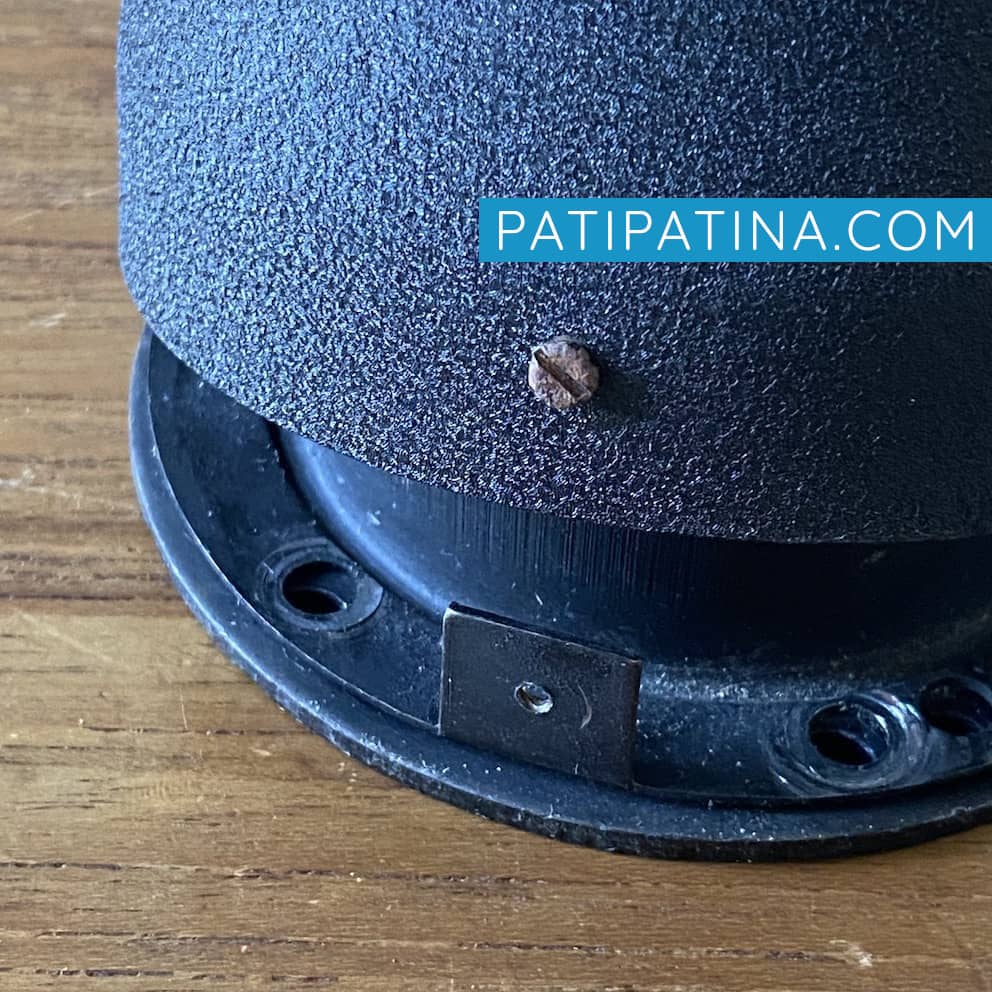
Ferrero steel hub with screw-on cover
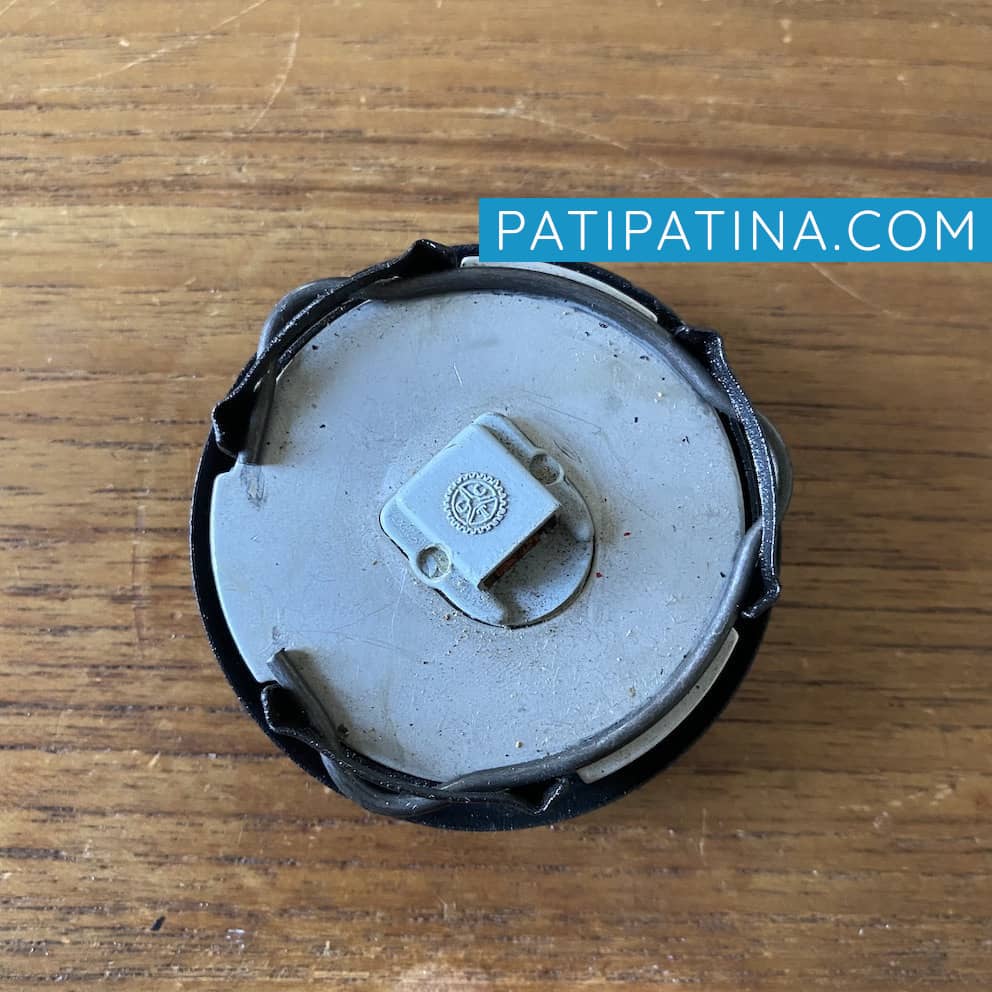
Back of the Ferrero horn button
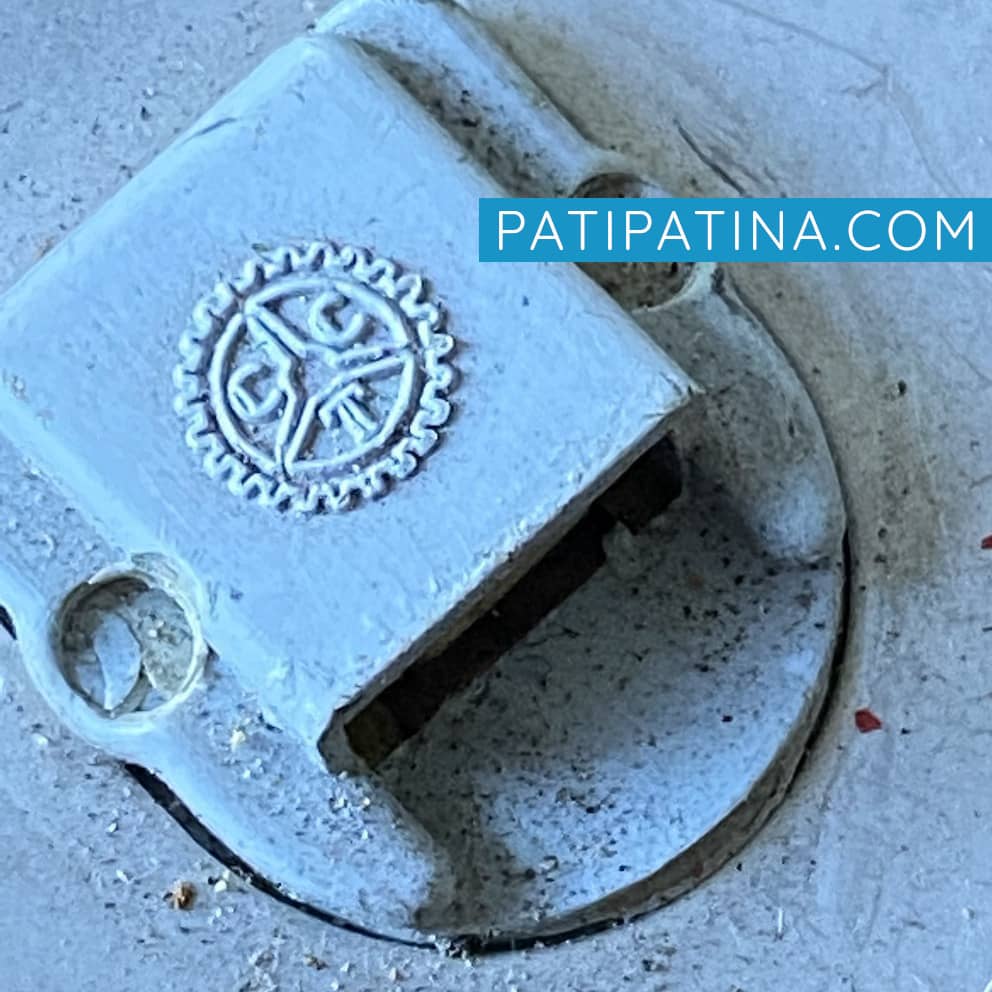
Detail view – what does CCT stand for?
